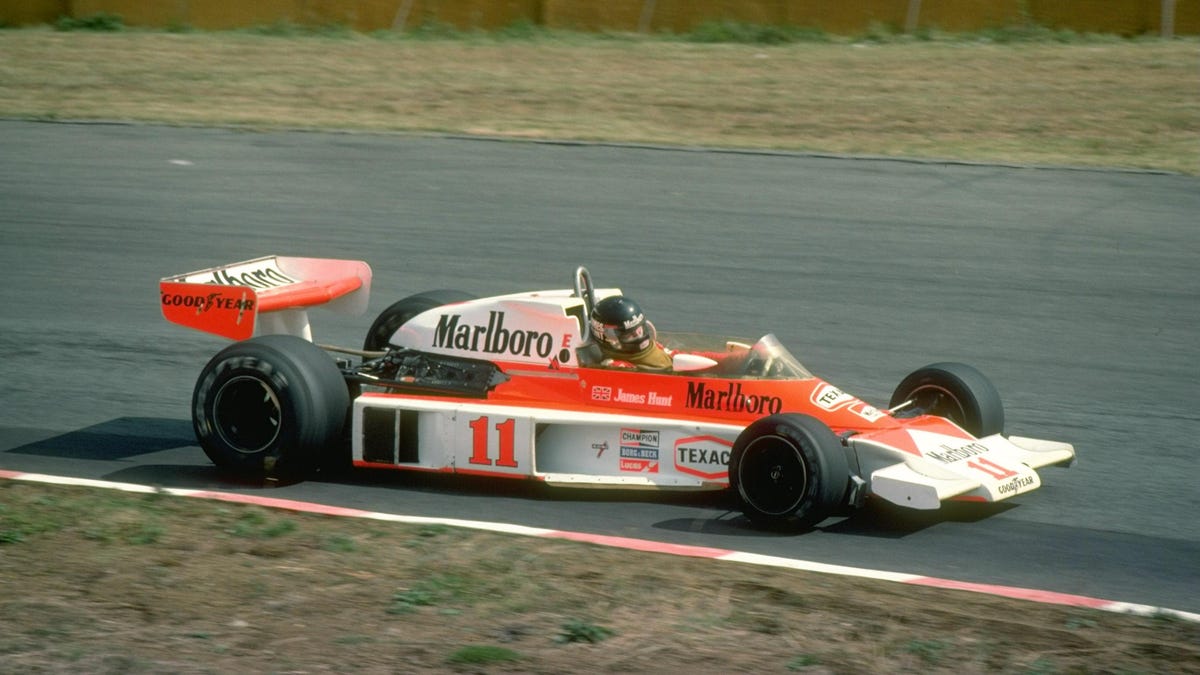The tribute includes a one-off special livery in throwback Honda Championship White with red accent, paying tribute to the rising sun livery the company wore when it first joined F1 in the 1960s. The cars also carry the characters for the Japanese word ‘arigato’ with a hearty and heart-felt thank you to the powerplant manufacturer. The Alpha Tauri cars will also carry the thank you message.
G/O Media may get a commission
Rather than switching to a new powertrain supplier in 2022, Red Bull will take over the intellectual property and production of Honda’s V6 hybrid power units later this year ahead of the revised chassis requirements next season. It would likely be too much of a pain in the ass for Red Bull to have to build a brand new chassis to new regulations and build a relationship with a new powerplant manufacturer at the same time. As a result the fizzy energy drinks company will start its own engine division called Red Bull Powertrains.
Advertisement
RBR’s Max Verstappen currently sits 2 points behind championship leader Lewis Hamilton with seven rounds remaining in the championship. Perhaps this special livery will be enough to push him to his eighth victory this season, or perhaps it will go about as well as the last time Mercedes decided to run a special one-off tribute livery. We’ll see when the Turkish Grand Prix goes off this Sunday.
For GREAT deals on a new or used Ford check out Mossy Ford TODAY!
